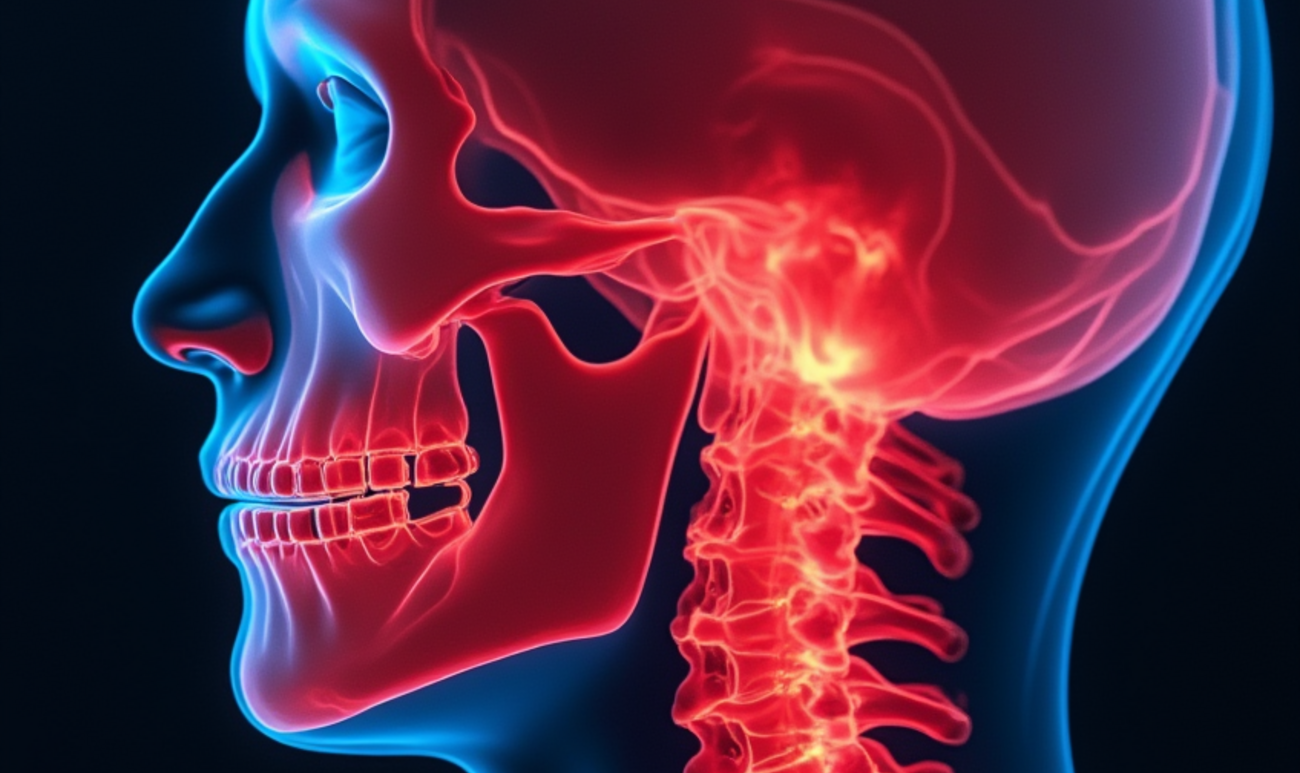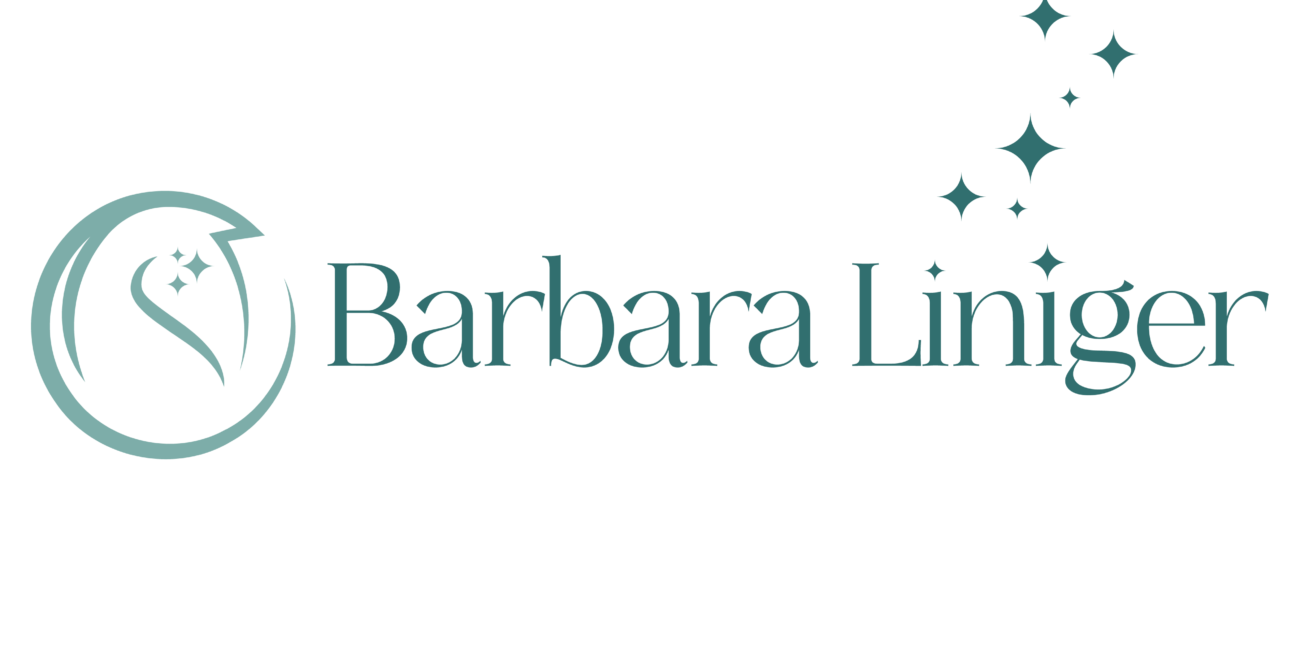How Manual Therapy Impacts Brain Health
The brain is the most complex and fascinating part of our body, still holding many undiscovered secrets. Nothing we know about the brain is certain, and the deeper we look, the more we find underneath. In the past, manual therapy has not paid much attention to direct intervention with this vital organ. Now, emerging research and pioneering practitioners are unveiling the profound impact that hands-on techniques can have on brain health and overall well-being. In the last decade, Jean Pierre Barral, a prominent figure in the field of osteopathy, has spearheaded investigations into the potential of manual manipulation of the brain. Building upon the foundational work of the founder of Craniosacral Osteopathy, William Sutherland, who first recognized subtle movements within the skull, JP Barral has developed innovative treatment approaches aimed at unlocking the brain’s innate capacity for healing. I recently attended one of his classes in San Francisco.
It all starts with acknowledging the brain’s remarkable complexity. The brain, thanks to its characteristic folds, covers a total surface area of 2.4m². Despite being only 2% of our body weight, the brain requires 20% of our blood to function properly. As the central processing unit for sensory input and emotional experiences, the brain processes a staggering amount of information each second, filtering through stimuli to determine their relevance to our survival. Our brain gets bombarded with 400 billion bits of information per second, and the thalamus in the center of our brain filters out the information worth reacting to. “Only” 20,000 bits of that original incoming data actually make it through to the brain and influence our physiology. This constant influx of data places immense demands on the brain, requiring optimal circulation of oxygen and glucose to sustain its functions.
By harnessing the healing power of hands, practitioners can play a pivotal role in supporting brain health and fostering resilience in the face of life’s challenges.
Adrenal Fatigue and the Link to Chronic Stress
Following traumatic events or periods of prolonged stress, the brain may become entrenched in a state of heightened alertness, perpetuating a cycle of physiological imbalance. The intricate interplay between the sympathetic and parasympathetic nervous systems becomes disrupted, leading to chronic stress and potential health repercussions. Unfortunately, the adrenal glands, which secrete a lot of the stress hormones, are not connected to the parasympathetic nervous system and therefore do not easily self-regenerate. Meaning they stay chronically stressed. This phenomenon, often referred to as “adrenal fatigue” or “exhausted adrenal glands,” can, over time, lead to chronic illnesses, nervous breakdowns, and burnouts.
In the realm of manual therapy, practitioners utilize their hands as sensitive instruments, attuned to the subtle cues of the body’s internal landscape. Often, the skull feels harder to the touch than it should be. High intracranial pressure interferes with the circulation inside the skull and affects the health of the brain, the blood circulation, the nervous system, the digestion, the hormonal and immune system, etc. Actually, everything! Moreover, recent studies have shed light on the dynamic nature of cerebrospinal fluid, revealing its role in cleansing the brain of toxins and metabolic byproducts during sleep. Unbalanced pressure and non-adequate drainage will leave too many toxins inside our brain and cause increased sensations of pain.
Hands-on Healing for the Mind, Body, and Spirit
It’s essential to recognize that not all individuals will benefit from purely mechanical interventions. Particularly, patients dealing with overwhelming emotional burdens might get overstimulated even more. If the client shows stress in the external world (job, relationship, or money), the problems most likely show up in a different area of the brain than when they come from psychological and spiritual stress, which is related to the deeper self and its relation to itself. Overwhelming emotions, in the long run, will affect relating organs. They have to volunteer to store emotions the brain can’t handle anymore, but then in the long run, will get physically affected by it.
Brain-specific manual therapy decreases tension, restores balance, and promotes optimal circulation within the cranial cavity. By addressing intracranial pressures and facilitating the proper drainage of cerebrospinal fluid, manual therapists aim to optimize brain function and alleviate symptoms associated with imbalances. In conclusion, the integration of manual therapy techniques into brain-focused interventions represents a promising frontier in the quest for holistic health and well-being. By harnessing the healing power of hands, practitioners can play a pivotal role in supporting brain health and fostering resilience in the face of life’s challenges. A holistic approach that acknowledges the interconnectedness of mind, body, and spirit is paramount and can address the underlying psychological and spiritual stressors to help clients navigate towards a state of greater equilibrium and health.
The Vagus Nerve Mystery
A remarkable case study showing how gentle bodywork resolved decade-long symptoms by restoring Vagus
In Stillness, Tension Speaks
Discover how trained hands can trace pain to its true source through the art of listening touch. You
About Surfing, Concussions and Head injuries
A couple days ago, big wave surfer Paige Alms was talking about concussions and brain injuries on th








